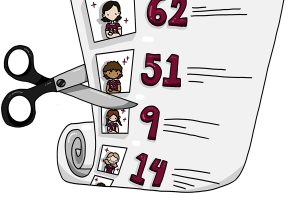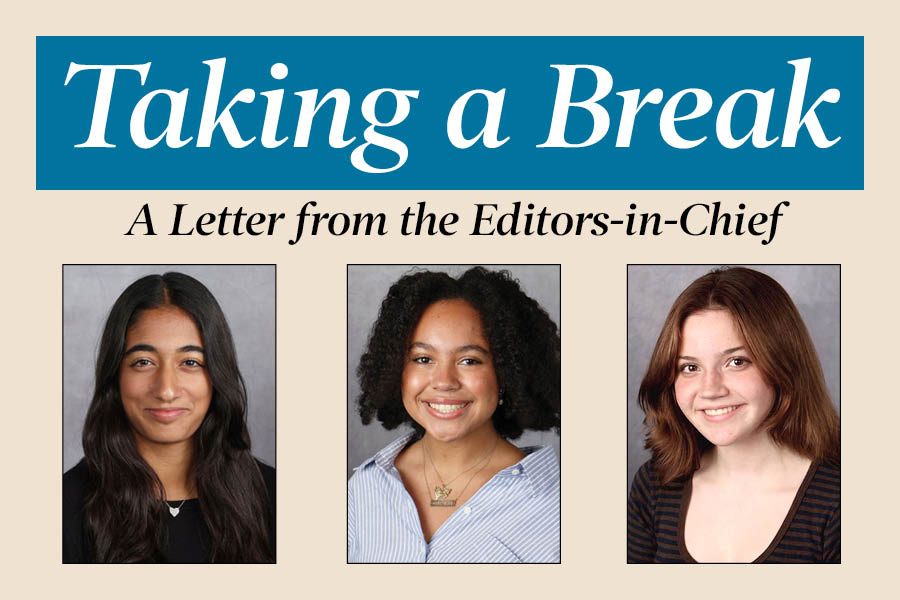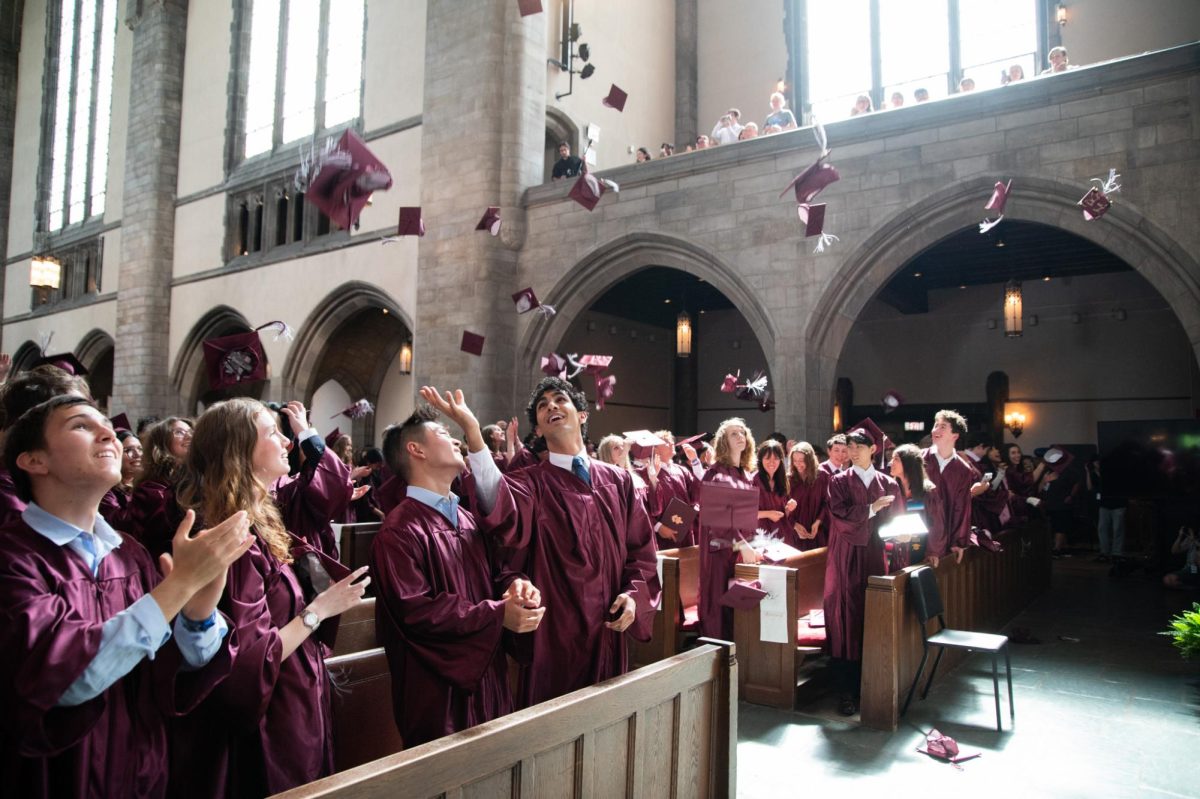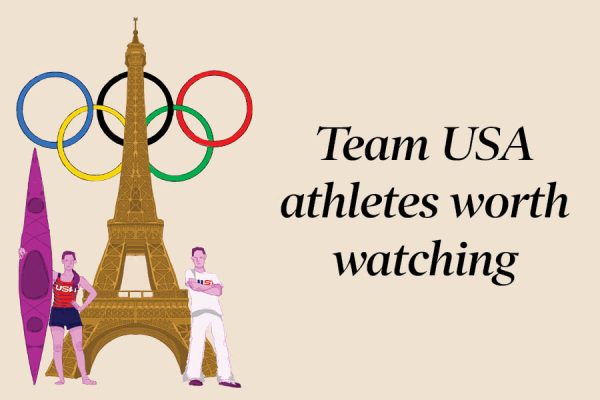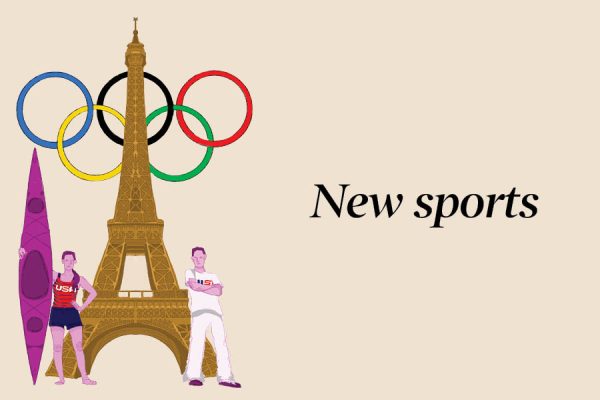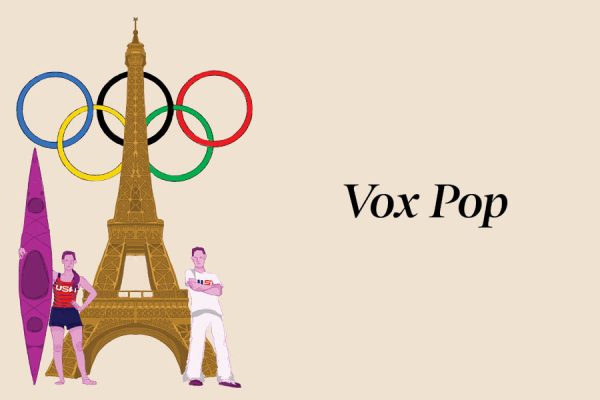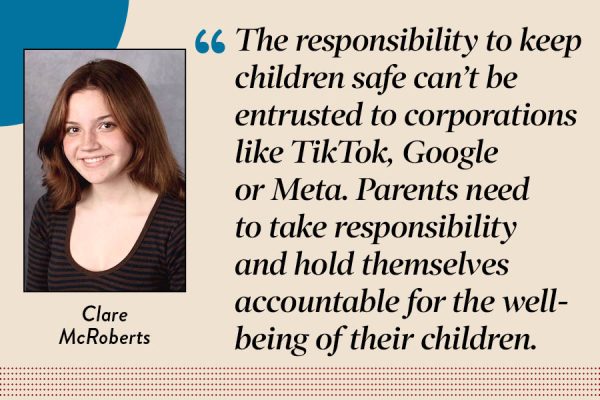Drop no-cut: Too many on the field
December 8, 2022
As Lab students returned from the pandemic, there was a sharp increase in signups for athletics teams. With the total student body having grown larger than in previous years, many of those teams are the largest they have ever been.
Lab’s athletic experience has never just been about winning championships. It is about building a community based on achieving a common goal. So far, the no-cut policy has supported that goal, but with ever-extending rosters for school teams, the policy has perpetuated an outdated system that now is inhibiting the athletic experience for the athletes most committed to their teams.
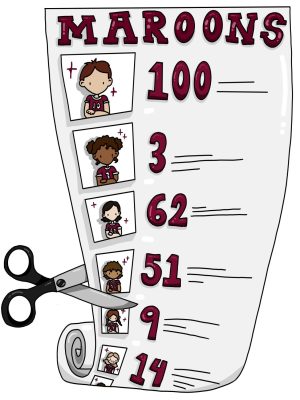
I’m not saying that Lab should chop the rosters in half or recruit students based on athletic ability. Lab has already had success in both individual and team sports while taking nothing away from academics. However, there needs to be some kind of balance so that the space, time and resources that each team needs are not spread thin. Cutting wouldn’t be required for most sports and might never be a problem for some, but there should be a reasonable cap on the number of athletes that each team can support.
Lab’s facilities include a limited amount of practice space in Kovler and Sunny gymnasiums and on nearby courts and fields. Scheduling practice for the nine total middle school and high school basketball teams during the winter season has been a challenge. This has resulted in teams of 30 athletes only having half a court on which to practice, while coaches have little time to give players individual attention or instruction. Teams also have to wait for practice space, causing difficulties for athletes with long commutes.
For teams such as baseball and golf that regularly practice at facilities off campus, transportation is an added cost. The shuttle bus system is not completely reliable and transportation sometimes has to be organized by coaches and players.
The role of a coach is to organize planning and logistics while also instructing and guiding the team. However, when a team reaches a certain capacity, more and more of a coach’s time is taken up by the organizational aspect rather than the athletes themselves.
In taking on more teams, coaches and athletes, the school needs to spend more on uniforms, transportation and equipment. Even if the school continues to cover these costs, the limits placed on each team by their facilities remain.
Teams also lose some of their competitive aspect when all that is required to join the team is signing up and showing up. If a place on the team is earned and not guaranteed, athletes will be more committed to being at practice and working to improve.
Some may argue that the no-cut policy indicates that Lab is more dedicated to the camaraderie and inclusion that comes with being on a team rather than being an athletic powerhouse. However, that experience is made difficult when the team becomes too large to be a tight knit group and the most committed athletes need to make accommodations.
Each of Lab’s teams should have a limit on the number of athletes who can join a team. Most teams probably would not reach that number and have no need for tryouts. However, tryouts should be an option so that overflow does not occur.
For students who may not be sure if they want to commit to a sport competitively, the P.E. program could offer units in fencing, golf and squash so students could explore these sports without taking up spots on a team.



